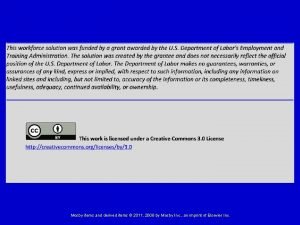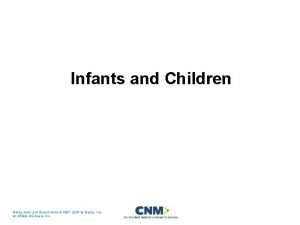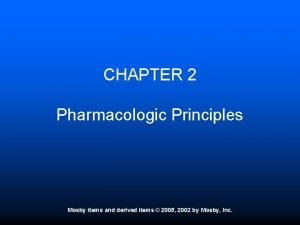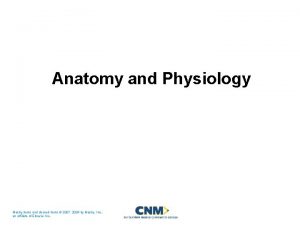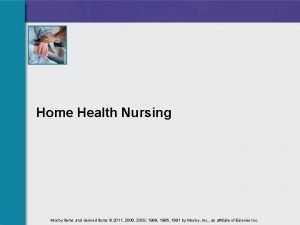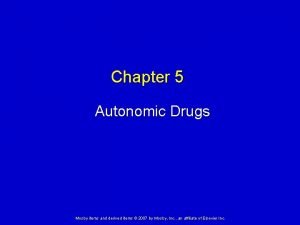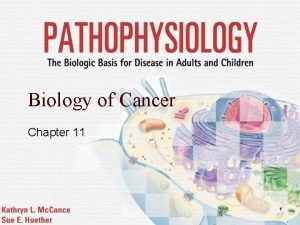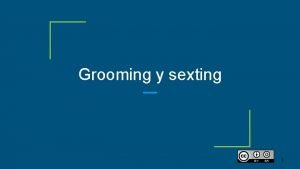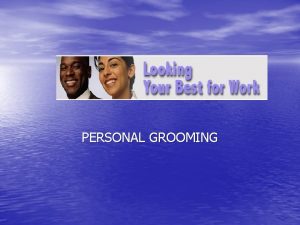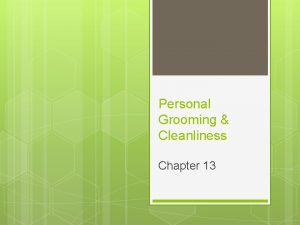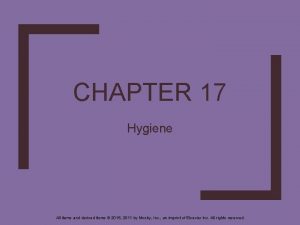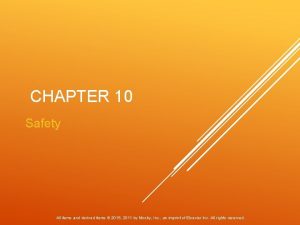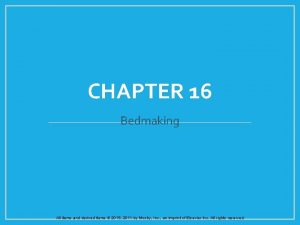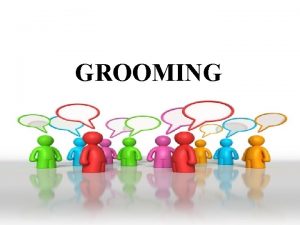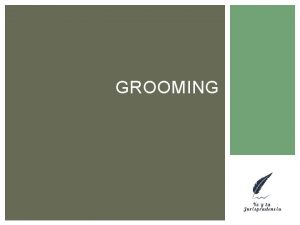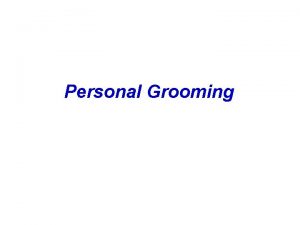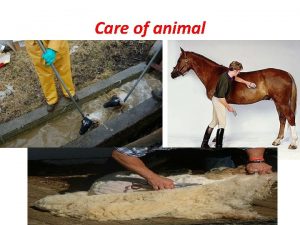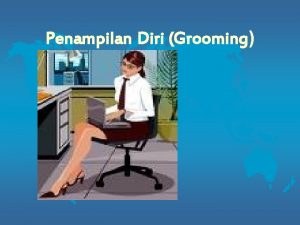Chapter 18 Grooming All items and derived items
















- Slides: 16

Chapter 18 Grooming All items and derived items © 2015, 2011 by Mosby, Inc. , an imprint of Elsevier Inc. All rights reserved.

Grooming � Hair care, shaving, and nail and foot care: ◦ Prevent infection and promote comfort ◦ Affect love, belonging, and self-esteem needs All items and derived items © 2015, 2011 by Mosby, Inc. , an imprint of Elsevier Inc. All rights reserved. 2

Hair Care � � You assist with hair care whenever needed. The nursing process reflects: ◦ ◦ ◦ � The person’s culture Personal choice Skin and scalp condition Health history Self-care ability Skin and scalp conditions include: ◦ Hair loss or excessive body hair ◦ Dandruff ◦ Lice and scabies All items and derived items © 2015, 2011 by Mosby, Inc. , an imprint of Elsevier Inc. All rights reserved. 3

Skin and Scalp Conditions Alopecia is hair loss. � Hirsutism is excessive body hair. � ◦ It can occur in women and children. ◦ It results from heredity and abnormal amounts of male hormones. � Dandruff is the excessive amount of dry, white flakes from the scalp. ◦ Itching often occurs. All items and derived items © 2015, 2011 by Mosby, Inc. , an imprint of Elsevier Inc. All rights reserved. 4

Lice � Lice (pediculosis) is the infestation with wingless insects (lice). ◦ Pediculosis capitis is the infestation of the scalp with lice (aka “head lice”). ◦ Pediculosis pubis (crabs) is the infestation of the pubic hair with lice. ◦ Pediculosis corporis is the infestation of the body with lice. ◦ Lice easily spreads to others. ◦ Report signs and symptoms of lice to the nurse at once. All items and derived items © 2015, 2011 by Mosby, Inc. , an imprint of Elsevier Inc. All rights reserved. 5

Scabies � Scabies is a skin disorder caused by a female mite. ◦ A mite is a very small spider-like organism. ◦ The female mite burrows into the skin and lays eggs. ◦ When the eggs hatch, the females produce more eggs, so the person becomes infected with mites. ◦ The person has a rash and intense itching. ◦ Scabies is highly contagious and is transmitted by close contact. ◦ Treatment is the application of creams to kill the mites. ◦ The person’s room is cleaned, and clothing and linens are washed in hot water. All items and derived items © 2015, 2011 by Mosby, Inc. , an imprint of Elsevier Inc. All rights reserved. 6

Bed Bugs � Bed bugs are small, flat reddish-brown insects that live in or around where people sleep. � They feed on the blood of people or animals. � It is difficult to control infestation and professional pesticide companies are often used. � People often don’t know when they are bitten. ◦ After red marks appear they realize they have been bitten. ◦ The marks look like mosquito bites and are itchy. All items and derived items © 2015, 2011 by Mosby, Inc. , an imprint of Elsevier Inc. All rights reserved. 7

Brushing and Combing � Brushing and combing hair ◦ Encourage residents to do their own hair care. �Assist as needed. �Perform hair care for those who cannot do so. �The person chooses how to brush, comb, and style hair. ◦ When brushing and combing hair: �Start at the scalp. �Then brush or comb to the hair ends. ◦ You must not: �Braid hair without the person’s consent �Cut matted or tangled hair �Cut hair for any reason ◦ Special measures are needed for curly, coarse, and dry hair. All items and derived items © 2015, 2011 by Mosby, Inc. , an imprint of Elsevier Inc. All rights reserved. 8

Shampooing � Shampooing ◦ Shampooing frequency depends on the person’s needs and preferences. ◦ The shampoo method depends on: The person’s condition �Safety factors (for example, water temperature of 105 F [Fahrenheit] [40. 5 C (centigrade)]) �Personal choice ◦ Methods include: shampoo during the shower or tub bath, shampoo at the sink, shampoo on a stretcher, and shampoo in bed. All items and derived items © 2015, 2011 by Mosby, Inc. , an imprint of Elsevier Inc. All rights reserved. 9

Shaving Many men shave for comfort and mental well-being. � Many women shave: � ◦ Their legs and underarms ◦ Coarse facial hair � Safety razors or electric shavers are used. ◦ If the center’s electric shaver is used, clean it after every use. Collect shaving items with bath items. ◦ Use the kidney basin to rinse the razor. ◦ Do not use the bath water. All items and derived items © 2015, 2011 by Mosby, Inc. , an imprint of Elsevier Inc. All rights reserved. 10

Safety Razor Risk Factors and Caring for Facial Hair � Safety razors are not used: ◦ On persons who have healing problems. ◦ For those who take anticoagulant drugs. ◦ On persons with dementia. � Mustaches and beards need daily care. ◦ Because food and drainage from the mouth and nose can collect in the whiskers, daily washing and combing of mustaches and beards are needed. ◦ Never trim a mustache or beard without the person’s consent. ◦ Ask the person how to groom his mustache or beard. All items and derived items © 2015, 2011 by Mosby, Inc. , an imprint of Elsevier Inc. All rights reserved. 11

Nail and Foot Care Nail and foot care prevents infection, injury, and odors. � Injuries occur from: � ◦ ◦ ◦ Stubbing toes Stepping on sharp objects Being stepped on Shoes that fit poorly Trimming and clipping toenails in persons with diabetes and vascular diseases All items and derived items © 2015, 2011 by Mosby, Inc. , an imprint of Elsevier Inc. All rights reserved. 12

Nail and Foot Care (Cont’d) � Poor circulation prolongs healing. ◦ Infections or foot injuries are very serious. ◦ Gangrene and amputation are serious complications. � Some centers do not let nursing assistants cut or trim toenails. Follow center policy. Nails are easier to trim and clean right after soaking or bathing. � Use nail clippers to cut fingernails. � ◦ Never use scissors. All items and derived items © 2015, 2011 by Mosby, Inc. , an imprint of Elsevier Inc. All rights reserved. 13

Changing Clothing and Gowns � You may need to assist with changing clothes and hospital gowns. ◦ Provide for privacy. ◦ Encourage the person to do as much as possible. ◦ Let the person choose what to wear. ◦ Remove clothing from the strong (unaffected) or “good” side first. ◦ Put clothing on the weak (affected) side first. ◦ Support the arm or leg when removing or putting on a garment. All items and derived items © 2015, 2011 by Mosby, Inc. , an imprint of Elsevier Inc. All rights reserved. 14

Dressing and Changing Gowns � Dressing and undressing ◦ Some residents dress and undress themselves. �Others need help. ◦ Personal choice is a resident right. � Changing hospital gowns ◦ Some residents wear hospital gowns. ◦ Gowns are usually worn for IV (intravenous) therapy. ◦ If there is injury or paralysis: �The gown is removed from the strong arm first. �Support the weak arm while removing the gown. �Put the clean gown on the weak arm first and then on the strong arm. All items and derived items © 2015, 2011 by Mosby, Inc. , an imprint of Elsevier Inc. All rights reserved. 15

Quality of Life � Grooming measures: ◦ Promote comfort. ◦ Help the person’s body image and esteem needs. ◦ Help mental well-being. Encourage and allow personal choice whenever possible. � Carefully handle the person’s grooming products and personal care items. � Record your observations and the care given according to center policy. � All items and derived items © 2015, 2011 by Mosby, Inc. , an imprint of Elsevier Inc. All rights reserved. 16
 Mosby items and derived items
Mosby items and derived items Mosby items and derived items
Mosby items and derived items Mosby items and derived items
Mosby items and derived items Lliver
Lliver Mosby
Mosby Mosby items and derived items
Mosby items and derived items Mosby items and derived items
Mosby items and derived items Mosby items and derived items
Mosby items and derived items Mosby items and derived items
Mosby items and derived items Mosby items and derived items
Mosby items and derived items Absorption atelectasis
Absorption atelectasis Mosby items and derived items
Mosby items and derived items Mosby items and derived items
Mosby items and derived items Mosby items and derived items
Mosby items and derived items Mosby items and derived items
Mosby items and derived items Mosby items and derived items
Mosby items and derived items Mosby items and derived items
Mosby items and derived items
